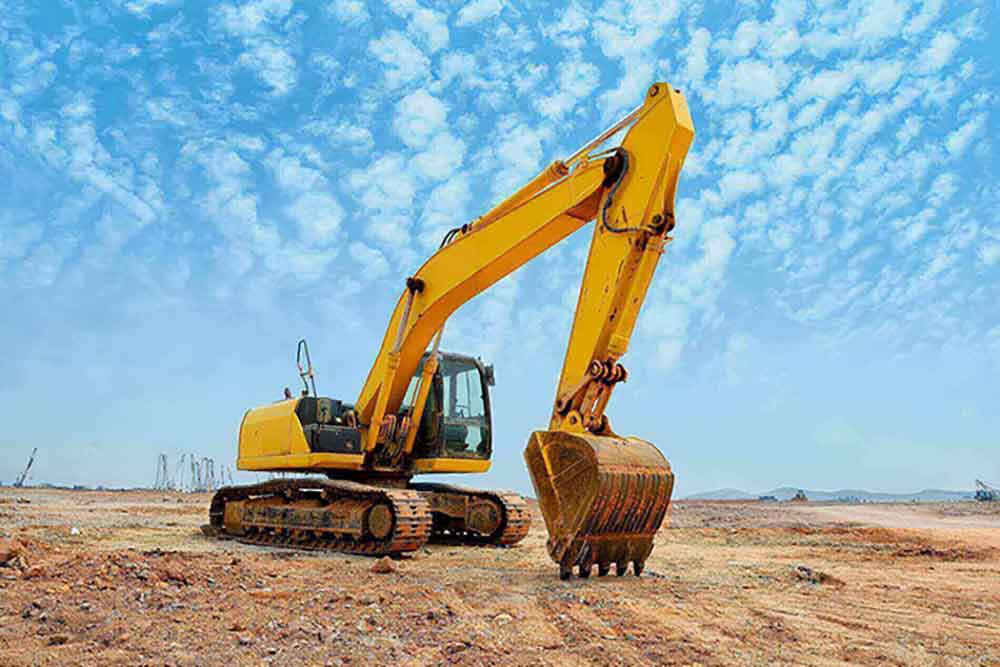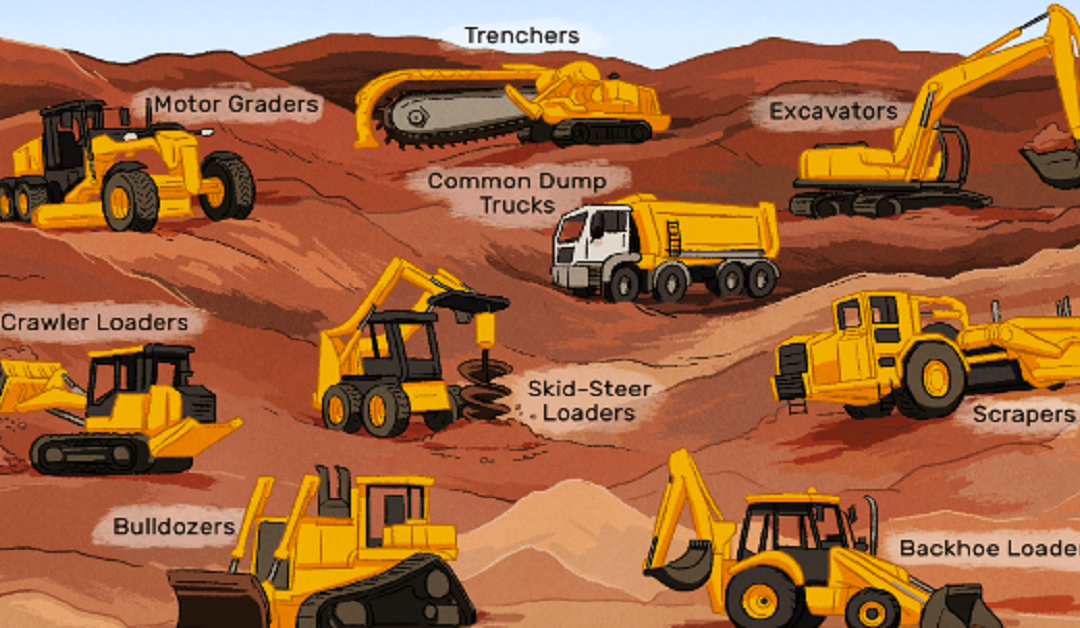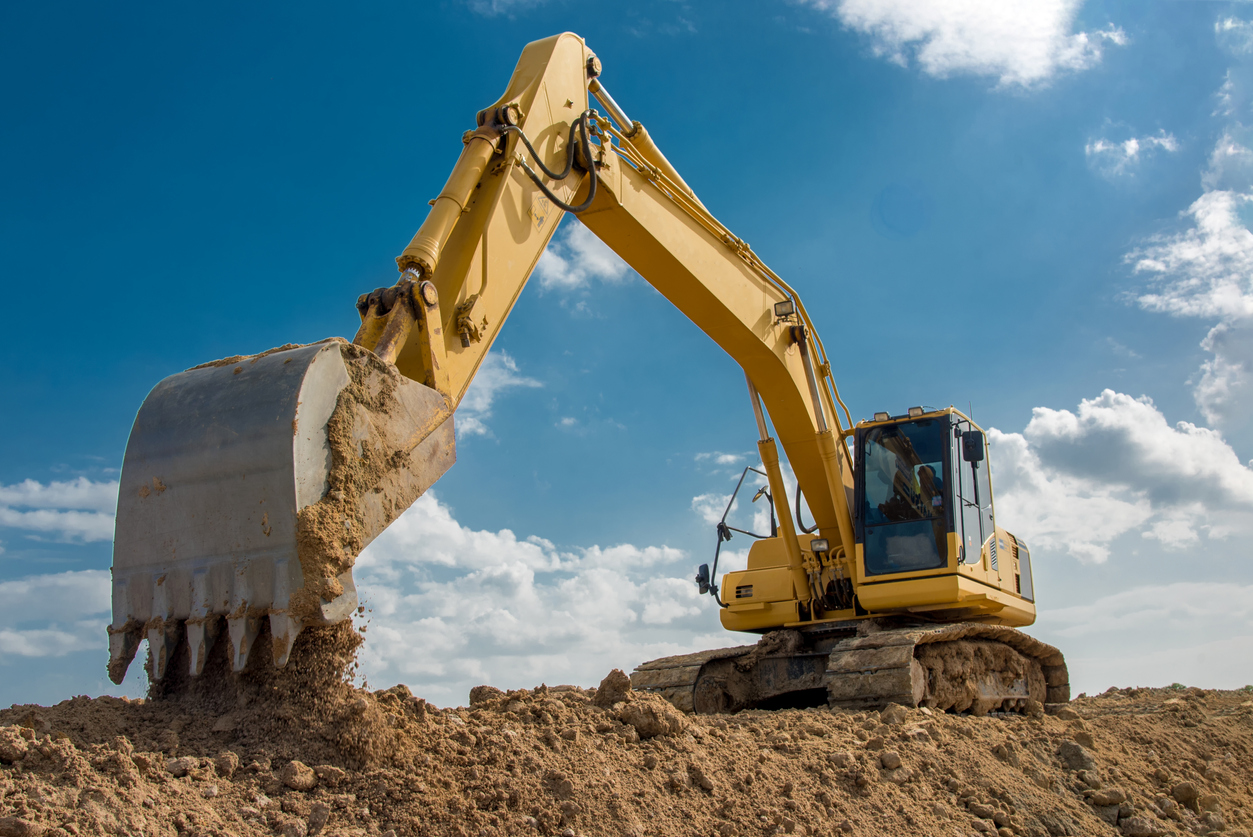Aerial Lift Rental for Construction and Maintenance Projects
Renting Out Vs. Buying Building Devices: Making the Right Choice for Your Task
When getting started on a construction job, one of the critical decisions that predict managers and stakeholders face is whether to buy or rent building devices. Both options have their benefits and drawbacks, making the option a crucial one in the job preparation procedure. The decision rests on various elements such as cost considerations, task duration, equipment maintenance, versatility, scalability, and risk monitoring. Each component plays a vital function in establishing one of the most ideal course for the project's devices needs. scissor lift rental. Let's explore these elements additionally to comprehend how they impact the decision-making process and eventually the success of the task.
Expense Considerations
When reviewing the economic element of renting versus purchasing building and construction tools, the ahead of time expenses and lasting expenditures have to be carefully considered. Renting equipment often needs reduced preliminary settlements contrasted to acquiring, making it an eye-catching alternative for temporary jobs or specialists with budget restrictions. Renting out eliminates the need for huge capital investments and decreases the monetary threat connected with tools possession, such as upkeep and depreciation prices. Nevertheless, in the long run, continuously renting out tools can gather higher costs than purchasing, specifically for prolonged jobs.
On the various other hand, acquiring building equipment entails higher in advance costs yet can result in long-term cost savings, particularly for frequent users or long-lasting tasks. Ultimately, the choice in between renting out and acquiring construction devices hinges on the project's period, frequency of use, spending plan factors to consider, and long-term economic objectives.
Project Duration

Conversely, for lasting tasks or recurring building job, getting equipment might be the more cost-effective option. Investing in equipment can cause cost savings over time, particularly if the tools will certainly be frequently used. Additionally, owning tools gives a sense of control over its accessibility and permits modification to fit particular project needs.

Equipment Upkeep
Given the critical function project period plays in figuring out one of the most economical technique between renting and acquiring building and construction devices, the emphasis now moves towards analyzing the necessary aspect of equipment upkeep. Appropriate upkeep is important for ensuring the optimum performance and longevity of building and construction devices. Renting equipment usually comes with the advantage of having properly maintained equipment given by the rental business. This can alleviate the problem of maintenance tasks from the job owner or contractor, saving effort and time. On the other hand, possessing equipment requires a positive approach to maintenance to stop break downs, make certain security, and prolong the devices's lifespan. Normal assessments, maintenance, and timely repairs are essential to keep owned and operated devices in leading functioning condition. Aspect in upkeep expenses when deciding in between renting out and getting, as overlooking maintenance can lead to costly fixings, downtime, and task hold-ups. Ultimately, a well-maintained building equipment fleet, whether leased or had, is crucial for the successful and reliable completion of building jobs.
Adaptability and Scalability
In the world of building tools management, the aspect of versatility and scalability holds significant value for task efficiency and source usage. Opting to lease construction devices supplies a high level of versatility as it enables for the quick modification of devices kinds and quantities based on the evolving demands of a task.
In addition, scalability, an additional important element, is inherently linked to adaptability. Renting building and construction equipment supplies the benefit of quickly scaling procedures up or down as job needs change. Professionals can rapidly add or trade devices to match the job's changing demands without the constraints of having assets that may come to be underutilized or out-of-date. This capability to scale sources effectively can cause expense savings and boosted job timelines, making renting a beneficial choice for tasks calling for adaptability and responsive resource allotment.
Risk Monitoring
Efficient threat management in construction tools operations is vital to making certain task success and mitigating prospective monetary losses. Building projects naturally involve different dangers, such as equipment breakdowns, crashes, and job hold-ups, which can dramatically affect the task timeline and spending plan. By very carefully thinking about the threats related to owning or renting building and construction devices, task supervisors can make educated choices to reduce these possible threats.
Leasing construction tools can offer a degree of risk mitigation by moving the responsibility of maintenance remote control trackhoe and repair work to the rental firm. This can decrease the financial worry on the project proprietor in instance of unexpected equipment failures (aerial lift rental). Additionally, leasing gives the flexibility to access specific devices for certain task phases, decreasing the threat of owning underutilized equipment
On the various other hand, owning construction equipment offers a feeling of control over its usage and maintenance. Nevertheless, this additionally suggests bearing the complete duty for repair work, upkeep expenses, and depreciation, enhancing the economic threats related to tools ownership. Cautious danger evaluation see this page and consideration of elements such as task period, devices use, and maintenance requirements are essential in figuring out the most suitable alternative for reliable threat administration in building projects.
Verdict
Finally, when determining between renting and getting building tools, it is necessary to consider cost, job period, devices maintenance, flexibility, scalability, and risk administration. Each factor plays an important role in establishing the most ideal option for the job available. By carefully examining these facets, task supervisors can make an enlightened decision that lines up with their budget, timeline, and general job objectives.
